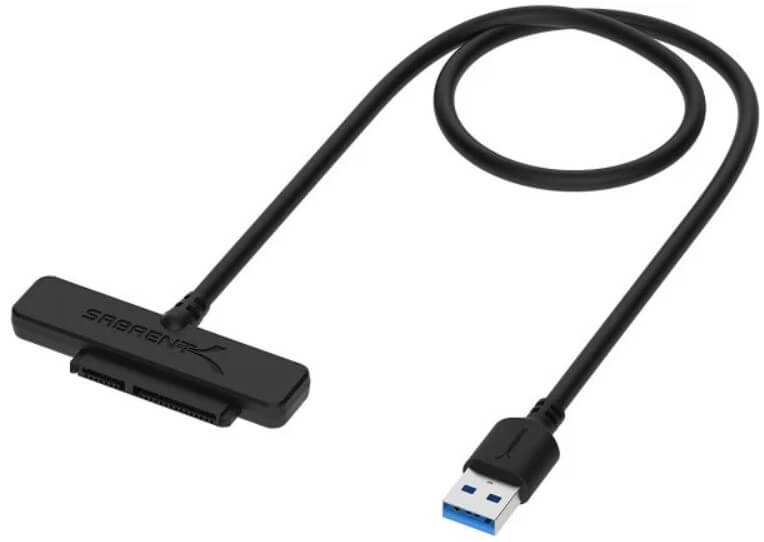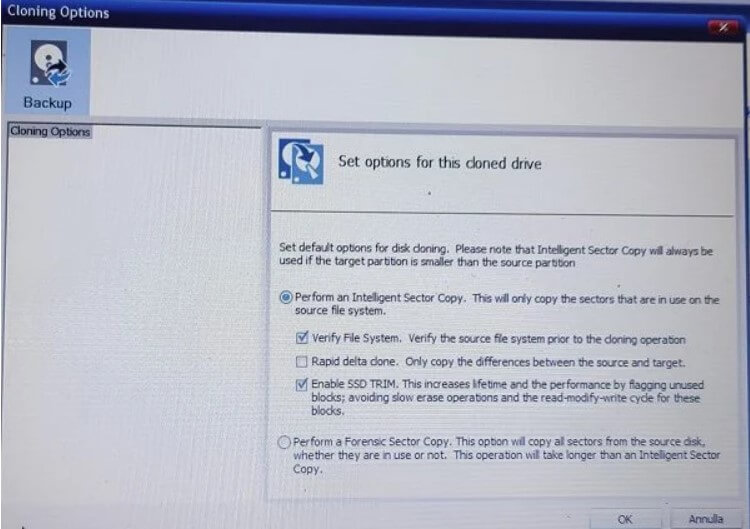


I personally would avoid 120 GB SSDs or less. You can run Windows 10 comfortably with a 250 GB SSD however if you need to store more files on it the 500 GB-1000 GB is recommended. Dell offer great Service Manuals especially for their business range of products (but usually the home models also).

Some systems such as Tablets have the drive soldered onto the motherboard and are non-upgradable. It can be slightly more difficult with Laptops, where you need to be careful how you take off the cover and may need to disconnect the battery first. You should check your System Manual to determine what drive types are compatible – usually 2.5" or M.2.Īlso check how easy, the system is to open to get to the drives it's usually very easy with Desktops, where you slide off the cover and get right to the drives.


 0 kommentar(er)
0 kommentar(er)
